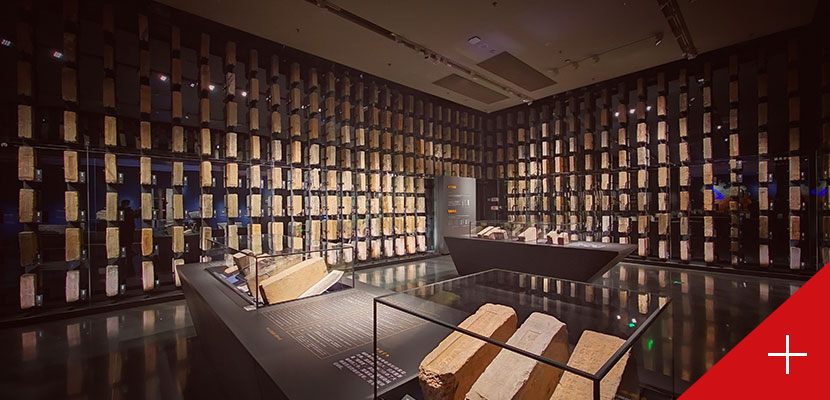Glass has become one of the important materials in modern architectural design, providing not only an aesthetically pleasing appearance but also the ability to bring in natural light and create a comfortable interior environment. However, whilst ordinary glass provides **effective** glazing, it often poses problems in terms of reflection and privacy. Low-reflective laminated glass has been developed to provide the desirable solution to these problems.
I. Overview of Low-Reflection Laminated Glass Low-reflection laminated glass is a kind of multi-layer composite glass made through a special process. It is sandwiched in the middle with one or more layers of low-reflection film, which can effectively reduce the reflection of light on the surface of the glass while maintaining high-light transmission. This glass not only improves the visual effect but also improves the energy efficiency of the building and the privacy of the occupants.
Second, the advantages of creating a clear view Conventional glass, when exposed to strong sunlight, produces a harsh reflection of light on the surface, affecting people's vision and comfort. Low-reflective laminated glass significantly reduces this reflection, providing a clearer view, both in daylight and under artificial lighting. This is particularly important for places that require good visual permeability, such as museums, galleries, office buildings, and high-end residential areas.
In addition to reducing reflections, low-reflective laminated glass also has a good privacy protection effect. When light is incident from one side, it is difficult for the observer on the other side to see the other side of the glass, thus protecting the privacy of the interior space. This feature makes low-reflective laminated glass has become the choice for many occasions that require privacy protection (such as conference rooms, manager's offices, private homes, etc.).
Fourth, the impact of energy saving and environmental protection Low-reflective laminated glass due to its unique structure, to a certain extent, can block the transfer of heat, which helps to maintain a stable temperature indoors, thereby reducing the frequency and intensity of use of air conditioning and heating. This not only saves energy costs for the user but also reduces the impact on the environment.

V. Safety Considerations The structure of laminated glass makes it less likely to break completely on impact, and even if the glass breaks, the fragments will adhere to the interlayer in the center to avoid more serious injuries. Therefore, low-reflective laminated glass provides desirable optical performance while enhancing the safety of the building.
VI. Flexibility in Design and Installation Low-reflective laminated glass can be customized according to different design requirements, including the thickness of the glass, the type of interlayer, and the degree of reflectivity. This customization allows designers to select the suitable glass product according to specific project requirements. At the same time, the installation process of this glass is relatively simple and compatible with a variety of building structures.
Seven, the convenience of maintenance and cleaning Compared to ordinary glass, the surface of low-reflective laminated glass is smoother, less likely to accumulate stains, and easier to clean. Its durability means less maintenance work, saving long-term maintenance costs.
VIII. Case Study and Application Demonstration Globally, many high-end buildings and commercial facilities have adopted low-reflective laminated glass as a building material. For example, certain well-known skyscrapers use this glass to reduce external reflections and enhance the overall aesthetics of the building. There are also luxury hotels that use it to ensure the privacy of guest rooms without sacrificing the view of the landscape.
CONCLUSION AND OUTLOOK In summary, with its desirable versatility, low-reflective laminated glass has shown great potential for use in modern architecture. It not only enhances visual comfort and privacy but also contributes to energy saving, environmental protection, and safety. With the continuous advancement of technology and people's pursuit of high-quality living space, the application prospect of low-reflection laminated glass is undoubtedly broad. In the future, we can foresee more innovative glass technologies emerging, bringing more possibilities to the architectural field.





